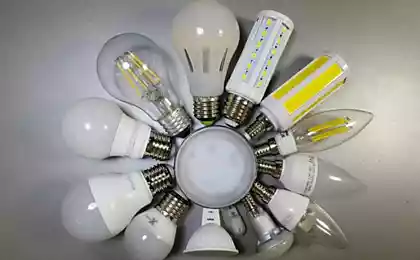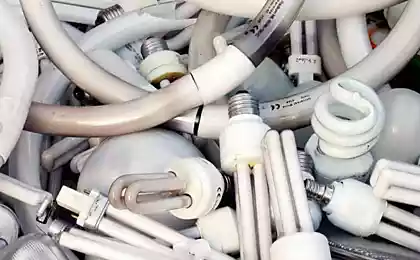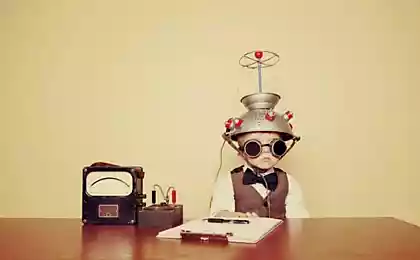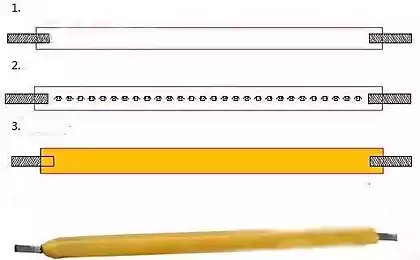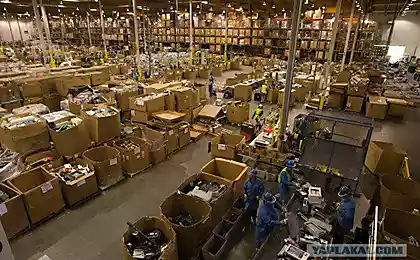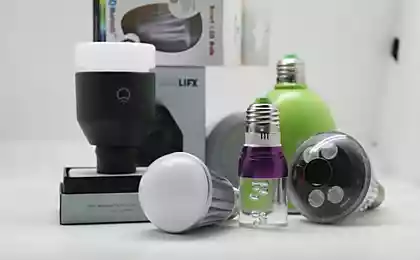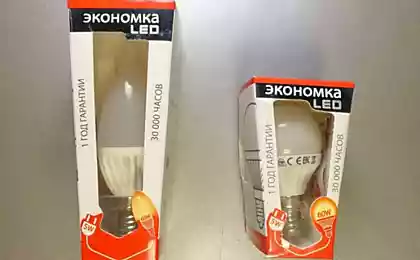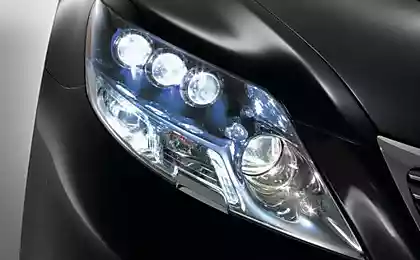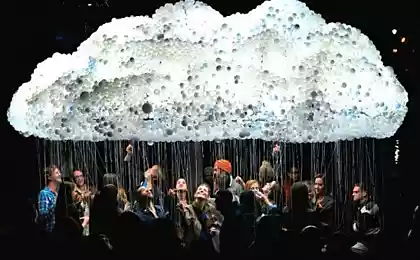493
What kind of light bulbs are the most dangerous — mercury, led or conventional

Understand what the bulbs are and what to do with them after they have served their time

What are light bulbs?Modern light sources can be divided into hazardous and safe for disposal. To safe include incandescent, halogen and led. The age of popularity of incandescent lamps is about to end because of their inefficiency and the small life, however, Russia slowly moves on to energy saving light bulbs, using "old-fashioned" light bulb Ilyich.
Distrust among the Russians is the presence of mercury in the body as energy-saving lamps and the specifics of their light. Led lamps are by far the most environmentally friendly, but do not attract a buyer at a high price (only 4-6% of the lighting market of Russia).

Throw these bulbs you can with your regular trash, as they are produced from safe materials, and the concentrations of Halogens negligible. It is worth noting that light bulbs are not suitable for disposal in the containers for glass, because they are different from bottle glass structure.

Threat lamps. It is energy-saving (fluorescent) light bulbs. They consume much less electricity than incandescent bulbs (about 5 times smaller, with a service life 10 times more). However, such lamps, having worked their time, represent a strong threat to the environment because of the mercury content in one of the components of construction – phosphor (from 5 mg to 1 gram). What to do with them? These lamps must be put in special points of reception.

How to properly dispose of hazardous lamp and what will happen to her next?To take energy-saving and simple mercury lamp at any des in your area, they are obliged to take them according to the decree of the government of Moscow.
Please note that not all organizations do this on a free basis. Also free you can take the light bulbs in IKEA Khimki. Transport the light bulbs need to carefully though to smash it pretty hard. Avoid abrupt falling down or striking of the lamps.
What is the fate of mercury lamps after you put them in the container receiving point? Lamps are sent to specialized processing centers.
"Lampco divided into parts: base, glass, phosphor, explains the specialist of scientific-production company "Ecotrom" Konstantin Tinyakov. Base and glass are both recyclable materials. The phosphor in a special way is preserved and is given to special organizations, which later expelled him from the mercury. The company processes about 7 million of these lamps a year"

Threat the bulb break: what to do?Toxic fumes of this metal, settling in the body, can cause chronic mercury intoxication: after some time, there is a metallic taste in the mouth, headaches, kidney problems, skin, teeth.
How to clean up a broken mercury bulb? The first step is to open the window and leave the room for 15 minutes. Then, wearing disposable polyethylene gloves, carefully collect the fragments with a stiff paper and place them in a plastic bag (for picking up small shards you can use sticky tape or a sponge, which in the future must be placed in a plastic bag). After that, spend damp cleaning of premises.
What not to do. To use the cleaner, brush, broom. To drop the Hg in waste in the sewer or in the garbage disposal is not worth it.
You can't get mercury on your own? Call the team MES on a single number 112 from mobile phones or 01 – with the city.published
Source: recyclemag.ru/article/rtutnye-svetodiodnye-i-obychnye-kakie-lampochki-samye-opasnye
